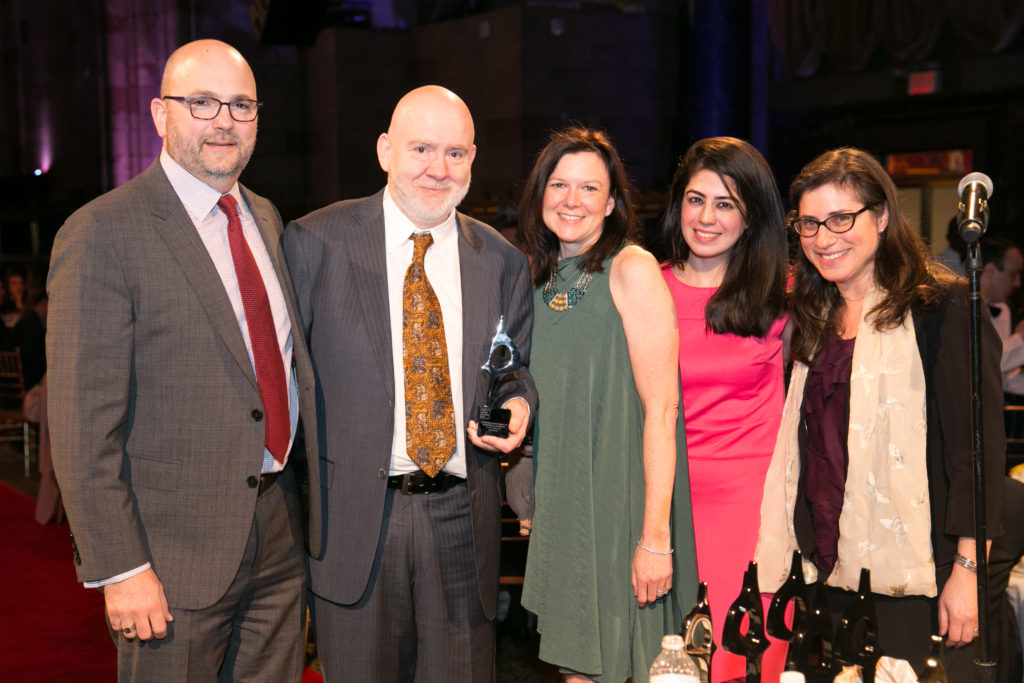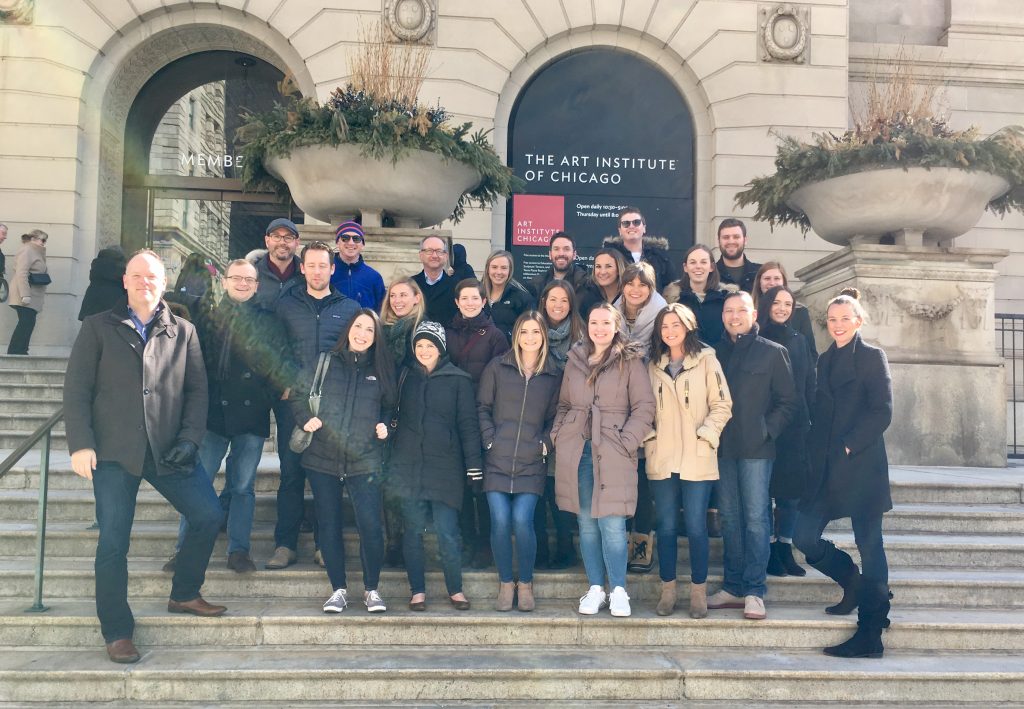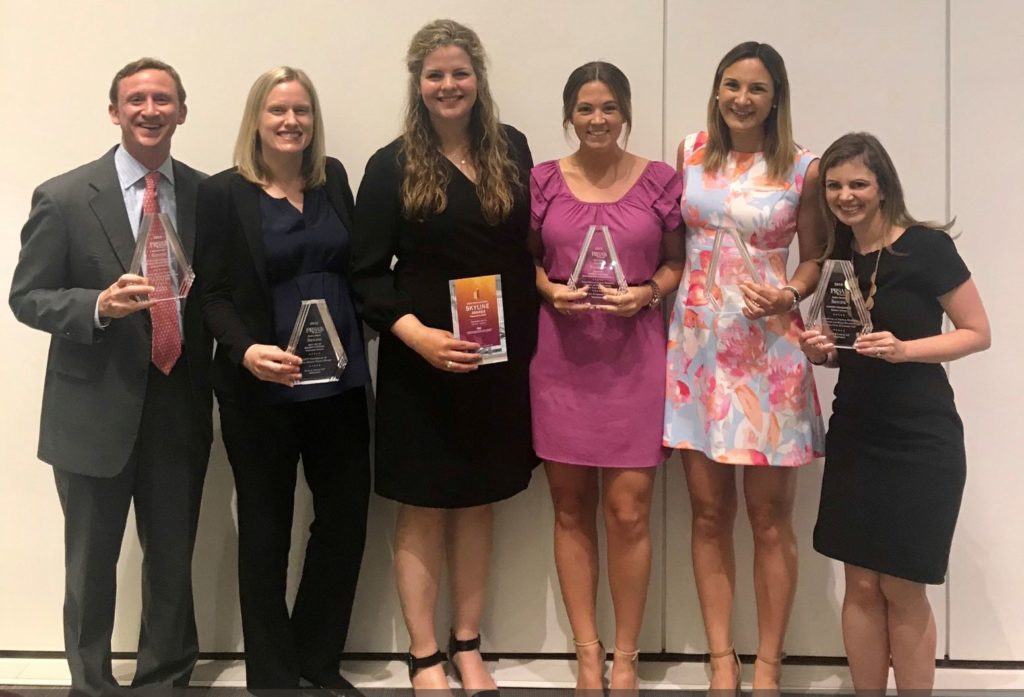Another transformation brought on by the pandemic? Internal communications have become more important than ever before.
We all experienced it: the constant emails about safety protocols, reassuring check-ins about remote work logistics, regular video messages (often from the CEO), and any number of other efforts to stay connected during a difficult time.
But already, the frequent, transparent and authentic communications employees have come to expect is waning: a recent survey found that 40 percent of employees have yet to hear any vision on what post-pandemic work life might be, and another 28 percent said what they’ve heard remains vague. For professional services firms whose success relies on recruiting and retaining talent, this poses real cause for concern – especially when 1 in 4 employees are planning to look for a new job as the pandemic subsides.
These headwinds make it all the more crucial to reimagine your internal communications strategy for a post-pandemic future. Here’s how to do it well.
Embrace Authenticity and Vulnerability through Your Internal Comms
Most professional services firms operate in a pretty buttoned-up atmosphere. It’s the nature of the work. But when the pandemic put us all in the same boat — working remotely while juggling the demands of home life — something powerful happened. Leaders invited us into their living rooms for video updates. Unplanned cameo appearances from our children, partners and pets livened up non-stop Zoom meetings. Unscheduled phone calls became a refreshingly analog way to connect. Working from the back patio with birds chirping in the background became a new norm.
The surprising result? Physical distance notwithstanding, many of our interactions became more authentic and vulnerable than ever before.
Don’t let this new authenticity and vulnerability go by the wayside when you return to the office. No one wants to revert to sterile email updates and canned messages. Create an internal communications strategy that relies heavily on personal connection, harnesses the power of storytelling, and creates a strong sense of belonging. In other words, fight to keep it real.
Leverage the Face-to-Face Communication Cascade
Even as our interactions grew more authentic during the pandemic, official internal communications grew more prescribed and controlled. Emails were painstakingly crafted, those CEO living room chats were highly scripted, and real-time feedback loops often fell by the wayside.
Leadership consultant Patrick Lencioni suggests another, if counterintuitive, route. “The best way to ensure that a message gets communicated throughout the organization,” he writes, “is to spread rumors about it.” In other words, we’ve all seen how rumors can undermine our best communication efforts. But what if we lean into the underlying human behaviors that contribute to the rumor mill and make those tendencies work for us?
That’s where a communication cascade comes in, replacing a dry, top-down messaging strategy with personal conversation and connection.
Start by involving front-line leaders to determine the broader strategic themes you want to get across. From there, empower those leaders to disseminate the information to their direct reports as they see fit. Employees continue communicating the news down the chain to their own team members, who are free to discuss the information with their colleagues.
Since you won’t control how every word is delivered, it involves less scripting and more trust. Cascades also create expanded feedback loops, resulting in more ownership of and buy-in for the messages you want to communicate.
The outcome? A more authentic, effective and comprehensive communication loop than the leadership team could ever have achieved alone.
The Power of Storytelling in Your Firm’s Internal Communications
If you want a cascade to work, turn your messages into stories that make your communications personal and engaging.
For instance, perhaps your organization wants to release an internal statement on the anniversary of a significant current event, such as the murder of George Floyd. You feel pressure to convey a point of view on this important social issue, but you also know that firms like yours often lack diversity — especially in leadership positions.
Sending out a company-wide email could lead to unhelpful rumor mill chatter about your firm’s commitment to racial justice. By contrast, a communication cascade — combined with storytelling — has the potential to inspire your entire organization to talk about the issue in a constructive way.
In this scenario, start by having your leaders tell their teams about your firm’s commitment to diversity, equity and inclusion. Ask leaders to invite employees to share personal stories of how racial injustice has affected them or those they care for. This opens up channels for authentic conversation with employees about the firm’s commitment to DE&I. It might even lead to honest reflection and feedback that compels you to think through how to strengthen your firm’s values and better live them out.
Transformation like this takes thoughtful, open conversation and a willingness to hear feedback and respond to it. It also requires leaders to embrace vulnerability. And it all begins with stories that capture the hearts and minds of your people and inspire you toward action.
Communicate that Employees Belong
Internal communication isn’t just about providing updates on company directives or even weighing in on matters of cultural and historical significance. It can also be used to create a strong sense of belonging so your employees feel more connected to and personally invested in the organization.
One leader we work with noticed a desire among his team to stay connected to the physical office during the pandemic, especially when the monotony of remote work began to set in. Art is important to his firm and greatly contributes to the atmosphere of the physical office space. Therefore, he decided to begin telling the stories of the firm’s art collection through a series of emails that promoted a sense of connection and place among his employees.
With an imminent return to the office on the horizon, he’s now exploring opportunities to create a guided tour of the art collection for team members. He also plans to include the tour as part of the onboarding process for new hires. The pandemic made this firm’s love for art even more meaningful, all because a leader had the creativity to use it as a visual and symbolic representation of their overall culture.
Opportunities like this one will emerge for your organization, too — if you’re willing to seek them out. Many of your employees have missed the office just as much as you. Find ways to signal that they belong when they finally return.
Now’s the Time to Enhance Your Commitment to Internal Communications
You’ve worked hard to keep employees informed and engaged during the pandemic and have made great strides in ramping up your internal communications efforts. But the benefits of effective communication transcend COVID-19. Good communication contributes to positive morale and leads to a greater sense of employee loyalty and commitment — pandemic or not.
Don’t let the momentum you’ve created fade away with a return to the office. Instead, double down on your efforts to make your internal communications strategy more effective and compelling. Your entire organization will emerge stronger as a result.









